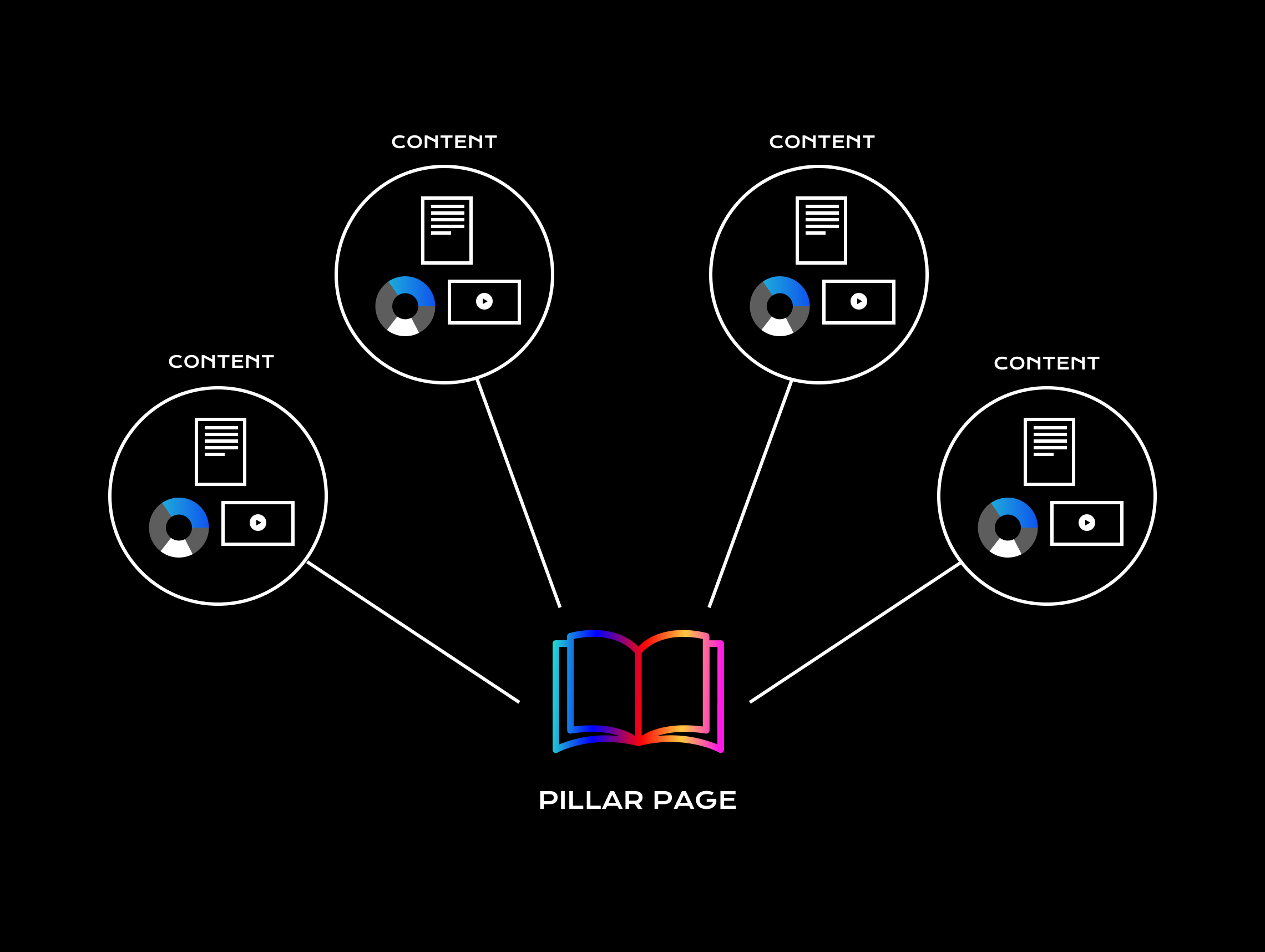Originally published: Apr 2016Updated: Nov 2019
Inbound marketing often comes up against lots of...
See all services related to HubSpot Sales Hub, RevOps, Integrations, Migrations and the Smart CRM.
See all services related to the HubSpot Marketing Hub; from inbound strategy through to execution of content marketing, SEO and PPC using HubSpot.
See all services around the powerful HubSpot CMS Hub; choose award-winning website strategy, design, development and growth-driven optimisation services.
Find out more about our HubSpot integration, migration and consultancy services, as well as custom integrations, training and consultancy.
Insights and inspiration on all things marketing, sales, creativity and HubSpot.
Free access to keynotes, webinars, vlogs, practical HubSpot tips and video podcasts to help you grow.
Your free learning centre. Videos, guides, templates and more.
Avidly hosted events across the globe, both in person and virtual.
3 mins read
Inbound vs outbound marketing is a battle that's raged on over recent years. But which should you choose for your business?
Well, it depends on several factors. Your budget, business type, and team's strengths can dictate which marketing strategy you choose.
The easy answer is that striking the right balance between both yields the best results.
Let's sum up the differences in an easy table.
|
|
Outbound |
Inbound |
|
Overall premise |
Pushes products and services out to customers |
Earn people's interest by helping when looking for a solution |
|
Targeted? |
Relatively mass market |
Content is created to help people which need your solution |
|
Communication style |
One way |
Two way |
|
Content found via |
TV, radio, print, telephone and trade show |
Search engines and social media |
|
Value to customer |
Harder to add value to customer due to being mass market, but great for building brand awareness |
Value is added by helping inform and educate the customer |
The main difference between inbound and outbound marketing is that while outbound is often interruptive and pushes products and services to potential customers, inbound earns people's interest by helping them find a solution.
Both types of marketing can be classed as targeted marketing in different ways. Outbound can target certain demographics, whereas inbound will draw the attention of those looking for a solution to a specific problem or pain point. With this in mind, inbound is generally far more targeted than outbound.
Outbound pushes a message out to potential customers. Inbound leaves the answers to their questions within easy reach.
When discussing outbound marketing, think TV commercials, radio ads, leaflets and sales calls. These methods are a little more aggressive and 'in-your-face' than inbound tactics, but they can build your brand and deliver messaging to a wide range of people.
On the other hand, inbound focuses on creating high-quality blog posts and social media content to draw your audience in. Then, using lead magnets, you can build up your contact database for further education and nurturing.
Outbound was always the go-to marketing style. Then, inbound had its heyday. We're now in a position where both approaches have their uses.
Where inbound used to have a real hold on the marketing industry, users have now become a little more wise to inbound content and user behaviours have seen a shift.
Plus, with platforms like TikTok coming to the fore in recent years, along with Google SGE set to introduce changes to how search engines are used, marketers have seen a change in how content must be produced and positioned.
Short-form content is now king due to these changes, with 53% of marketers leveraging short-form video for their marketing in 2024.
Capturing attention, however, is harder than ever. New technologies are now widely available and attention spans are shortening.
In the age of AI, there should be an emphasis on delivering value with your content. Anyone can now write a blog that meets a set of keywords, making inbound not the powerhouse that it once was. That's not to say it still doesn't have value, however.
Outbound was always the original marketing style — plaster your adverts on billboards, on TV and in newspapers and hope someone will say 'that's what I'm looking for!'
Then, inbound had its time. Meeting your customers where they were and providing solutions to common pain points saw businesses grow exponentially with inbound tactics.
Now, leaning on both methods yields the best results.
Still, that's not to say inbound is dead. It's certainly more cost-effective than outbound and can still produce some great returns for your company.
Let's look at some statistics to demonstrate the power of inbound...
The internet has changed the traditional buying journey. The power is with the consumer — and their search bars. With tonnes of information available at their fingertips across social media, search engines and now AI, having valuable, unique content is more important than ever.
One of the key focuses of inbound marketing is to provide content at the research stage of the buyer’s journey when the buyer becomes aware that they have a problem.
Your site should contain relevant and helpful content that answers a prospect’s questions. If this content is present, then it’s your business they’ll think of first when deciding where to use their spending power.
Inbound also makes it easier for the marketer. Distributing digital marketing content through the use of online tools makes the analysis of your content easily measurable. Therefore, inbound is results-oriented — it adapts to the responses it receives.
In the inbound vs outbound marketing debate, when it comes to what’s more cost-effective, trustworthy and user-friendly, inbound definitely reigns supreme.
Whether through direct email or letters, cold calling or advertising, outbound undoubtedly relies on more aggressive and interruptive techniques to capture prospects' attention — but that's not to say it's ineffective.
In fact, combining the two methods can yield the best results. Instead of throwing money into advertising campaigns hoping something will stick, make sure your website and content are up to scratch first. Your advertisement might attract people to visit your site, but getting them to hang around is often the challenge.
Evaluate your business type and any content gaps you might have, then comprise a clear strategy before investing in any outbound campaigns.
Outbound is expensive, and this is where inbound holds a clear advantage. But cost isn't the only advantage it holds. Having a bank of educational content that follows SEO best practices can position you as a thought leader within your industry — and be there for potential customers when they need you most.
Winning the search engine war and providing high-quality content gives you a great chance to produce leads — as long as you have the right landing pages and forms in place to convert users.
Search engines and social media search tools give people the freedom to figure out who to trust. Use inbound tactics to ensure it's you.
We're Avidly — HubSpot's 5x Global Partner of the Year. Our marketing experts can take your business to the next level using the latest inbound and outbound marketing tactics.
If your business is struggling with marketing, book a meeting with the Avidly team below to see how we can help.

Originally published: Apr 2016Updated: Nov 2019
Inbound marketing often comes up against lots of...

Inbound marketing is a marketing methodology which goal is to attract visitors, engage them to...

Everyone wants to be seen – you too (though you may try to deny it). In particular, we want to be...